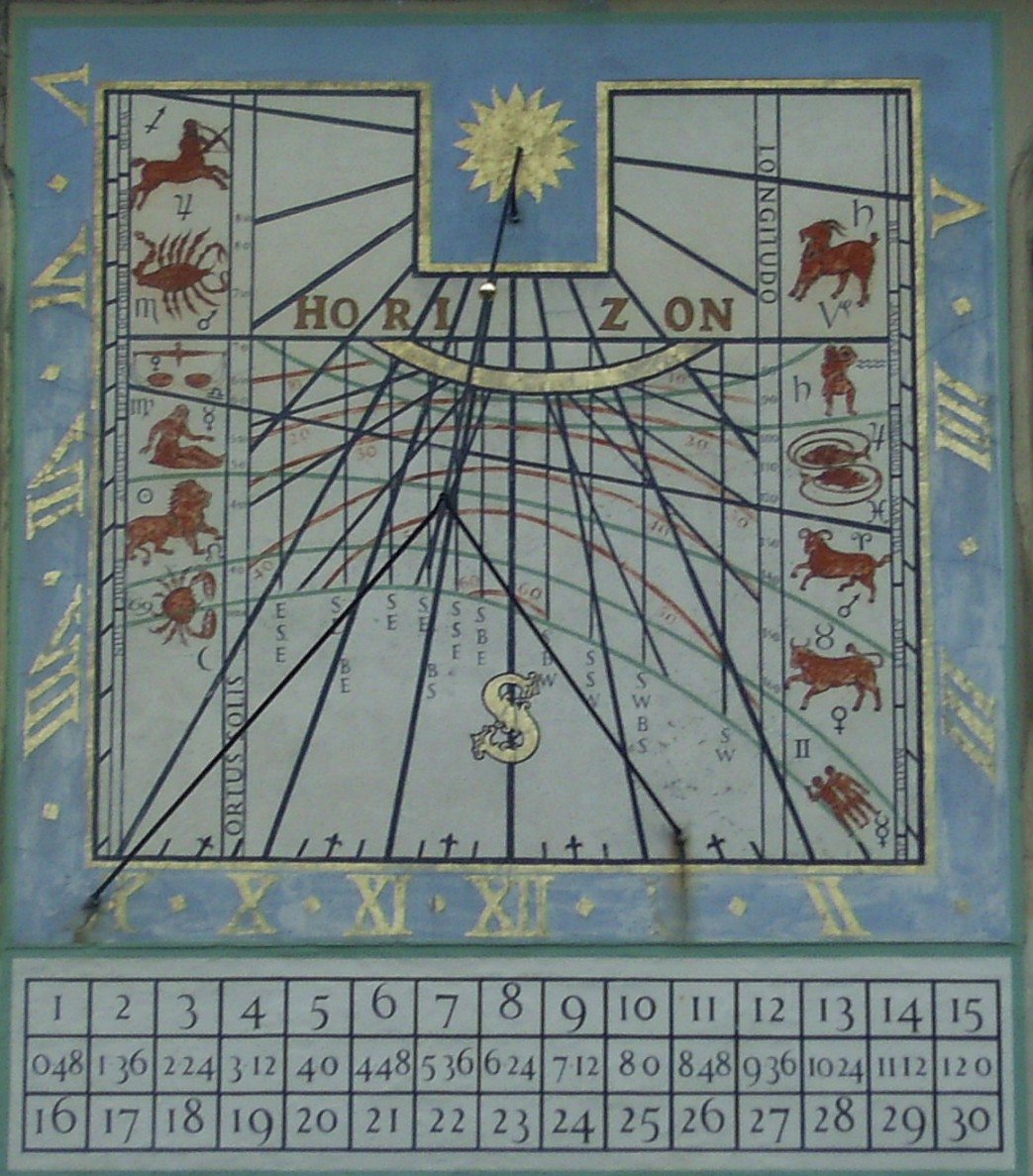What Are Moondials – Tips On Using Moondials In Gardens


Most everyone knows and loves sundials – those outdoor clocks that use the sun to tell time. In the middle stands a wedge-like thing called a style. As the sun moves across the sky, the style casts a shadow that moves too, falling across the ring of numbers around the outside of the sundial’s face. It works very well but has one big drawback. It doesn’t work at night. That’s where moondials come in. Keep reading to learn more moondial information, like using moondials in gardens and how to make a moondial of your own.
What are Moondials?
Before you get too excited about moondials, there’s one thing you have to understand: they don’t work very well. For one thing, the time the moon is in a particular spot in the sky changes by 48 minutes every night! For another, the moon isn’t always up at night, and sometimes even when it is, it’s not bright enough to cast a readable shadow. Basically, using moondials in gardens for reliable timekeeping is wishful thinking. As long as you don’t use it to get to appointments on time though, it can be a very cool piece of art, and figuring out the time can be a fun exercise.
Using Moondials in Gardens
In essence, a moondial is just a sundial with a lot of amendments. Basically, it works perfectly one night per month – the night of the full moon. When you’re positioning your moondial, do it when the moon is full and check it against a clock. For instance, at 10 p.m. turn it so the style’s shadow falls across the 10 mark. Check it again a few times to make sure it’s right. Next, make a chart that tells you how many minutes to add or subtract from that time for each night. For each night past the full moon, add 48 minutes to your reading. Since 48 minutes is a pretty exact time for something as rough as a shadow cast by a not very bright object, your readings are not going to be phenomenal. You will, however, be able to tell people you have a moondial in your garden, which is exciting enough in its own right.
Sign up for the Gardening Know How newsletter today and receive a free copy of our e-book "How to Grow Delicious Tomatoes".

The only child of a horticulturist and an English teacher, Liz Baessler was destined to become a gardening editor. She has been with Gardening Know how since 2015, and a Senior Editor since 2020. She holds a BA in English from Brandeis University and an MA in English from the University of Geneva, Switzerland. After years of gardening in containers and community garden plots, she finally has a backyard of her own, which she is systematically filling with vegetables and flowers.